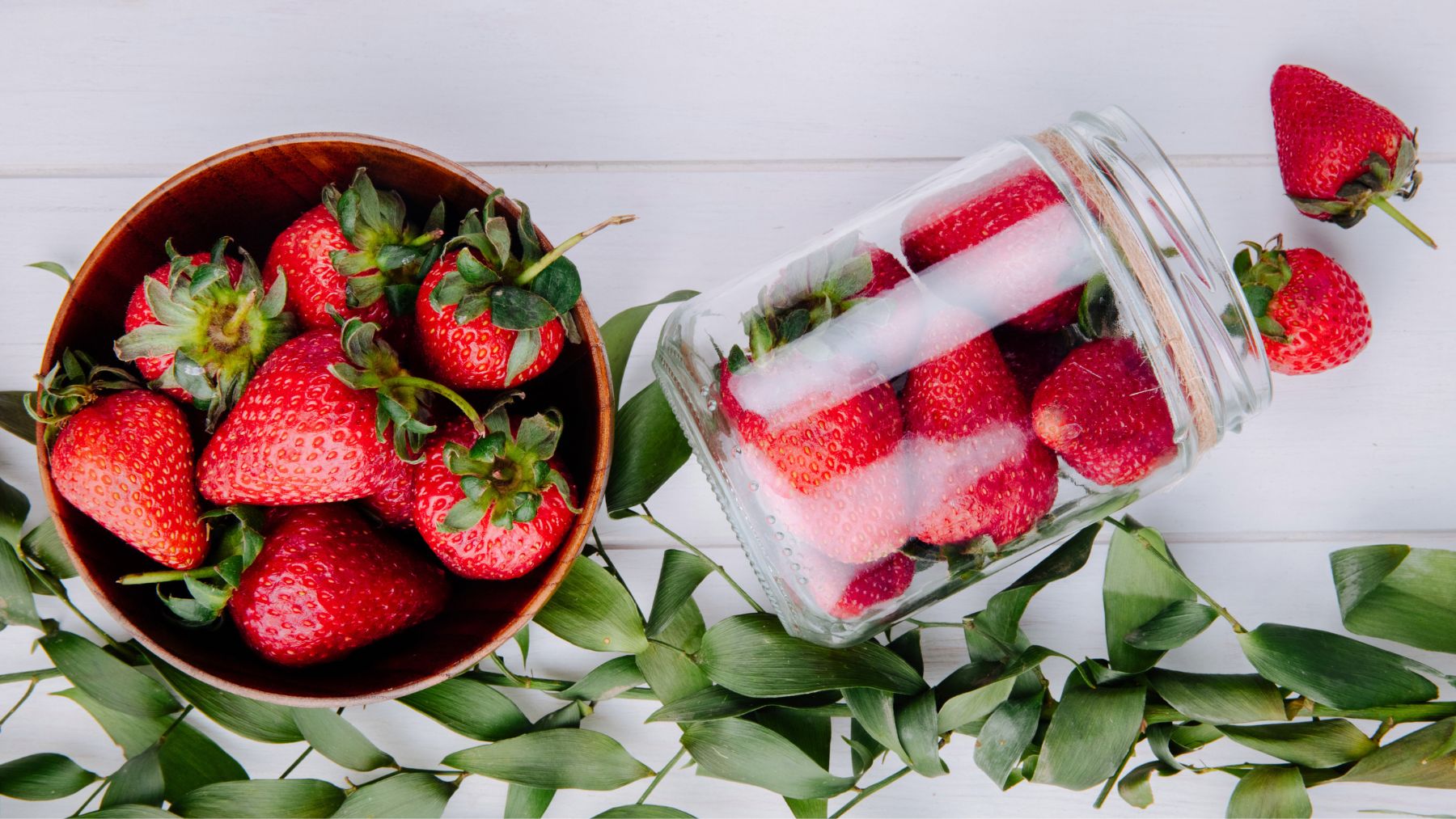Nothing ruins summer like discovering your fresh strawberries turning mushy and moldy just days after buying them. While many people default to refrigerating produce or leaving it on the counter, strawberries require a distinct approach.
Their delicate structure and high sensitivity to moisture cause conventional storage methods to accelerate decay. The solution? A simple setup that optimizes airflow and regulates humidity.
Here, we’ll break down the ideal storage technique, offer tips for selecting the ripest berries, and explore how you can enhance the preservation of other perishables such as leafy greens, herbs, mushrooms, and other delicate fruits.
How to keep strawberries fresh for longer
Strawberries flourish in cool environments with controlled humidity rather than in the arid chill of a refrigerator or the stagnant air of a pantry. Follow these steps to preserve them well:
- Prep with vinegar: Combine 1 part white vinegar with 3 parts water. Dunk the berries for 1-2 minutes to kill mold spores and eliminate hidden bacteria, then rinse and dry completely. This neutralizes unwanted microbes without affecting the natural flavor.
- Choose the right container: Select a glass or plastic container with a lid and line the bottom with paper towels to absorb any excess moisture.
- Layer carefully: Arrange the berries in a single layer or, if layering is necessary, add paper towels between each layer. Leave the lid slightly open or poke holes in it to encourage continuous airflow, preventing the berries from becoming soggy.
- Store strategically: Place the container in a cool spot such as a well-ventilated cupboard or basement, ideally between 36-40°F (2-4°C). If you prefer the fridge, position it near the door where the temperature is milder, and consume within 48 hours to enjoy optimal freshness.
Strawberries deteriorate when exposed to trapped moisture or ethylene gas emitted by nearby spoiling produce. The container method minimizes moisture buildup and prevents the accumulation of ethylene. Meanwhile, the vinegar rinse reduces harmful microbes, and the ventilated setup maintains proper texture. Leaving the stems intact further helps to lock in natural moisture and preserve flavor.
Smart food storage tips beyond strawberries
Many other foods benefit from targeted storage techniques similar to those used for strawberries. These not only reduce waste but also preserve their flavors and textures:
- Use breathable bags for veggies: Mesh or cloth bags extend the life of mushrooms, leafy greens, and herbs by preventing condensation and discouraging moisture buildup.
- Separate onions and potatoes: Store these staples in different cool, dark areas. Onions emit gases that can cause potatoes to sprout more rapidly.
- Freeze herbs in oil: Chop your herbs, pack them into ice cube trays with olive oil, and freeze. When cooking, simply add a cube to sauté vegetables or meats.
- Check berries daily: Like strawberries, raspberries and blackberries are prone to quick mold growth. Remove any soft or spoiled berries promptly and store the rest unwashed in containers with ventilation.
Tailor your storage methods to each food item. High-moisture produce, such as lettuce, thrives with high humidity and airflow, while drier goods like nuts remain fresh longer in containers stored in darker environments.
By applying these targeted techniques to strawberries—and other produce alike—you can reduce spoilage and enjoy peak flavor for a longer period.

